Back From the Depths
In which Norm finally spins up James Cameron's new restorations of ALIENS and THE ABYSS.
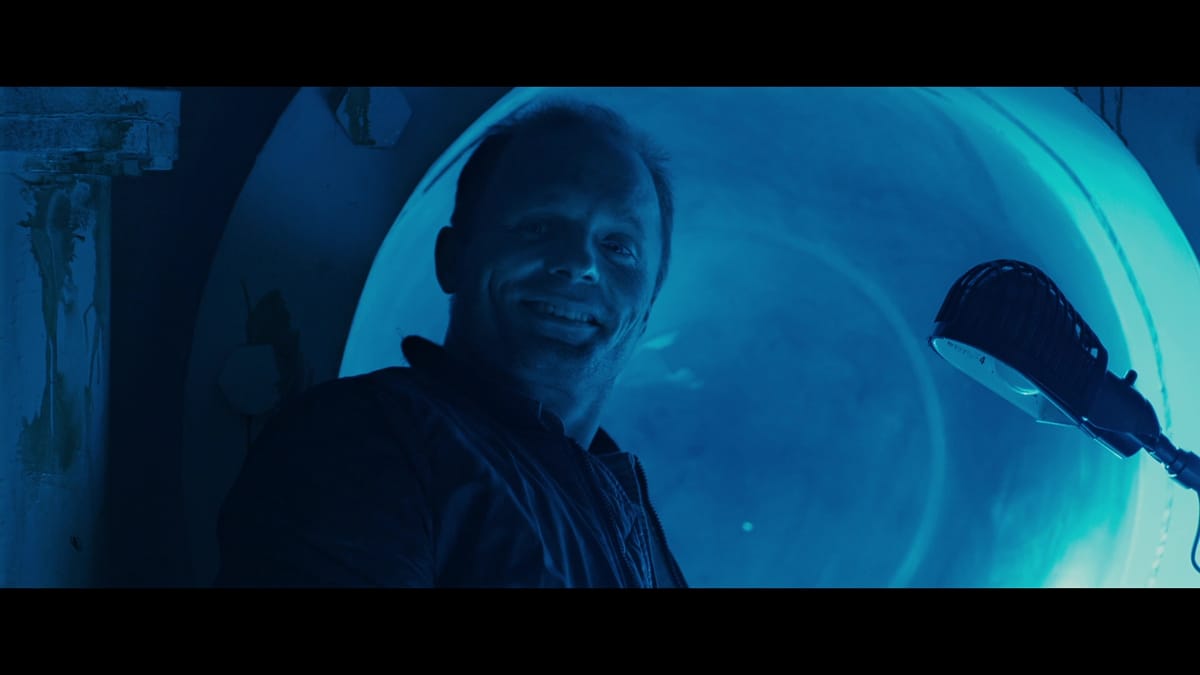
I joined TIFF two years ago, and almost since day one I’ve been trying to pitch a little series called James Cameron’s Water Worlds. It’d be exactly what it says on the tin, offering theatrical screenings of The Abyss, Titanic, the second Avatar and maybe those diving documentaries he produced, Ghosts of the Abyss, Expedition: Bismarck and Aliens of the Deep.
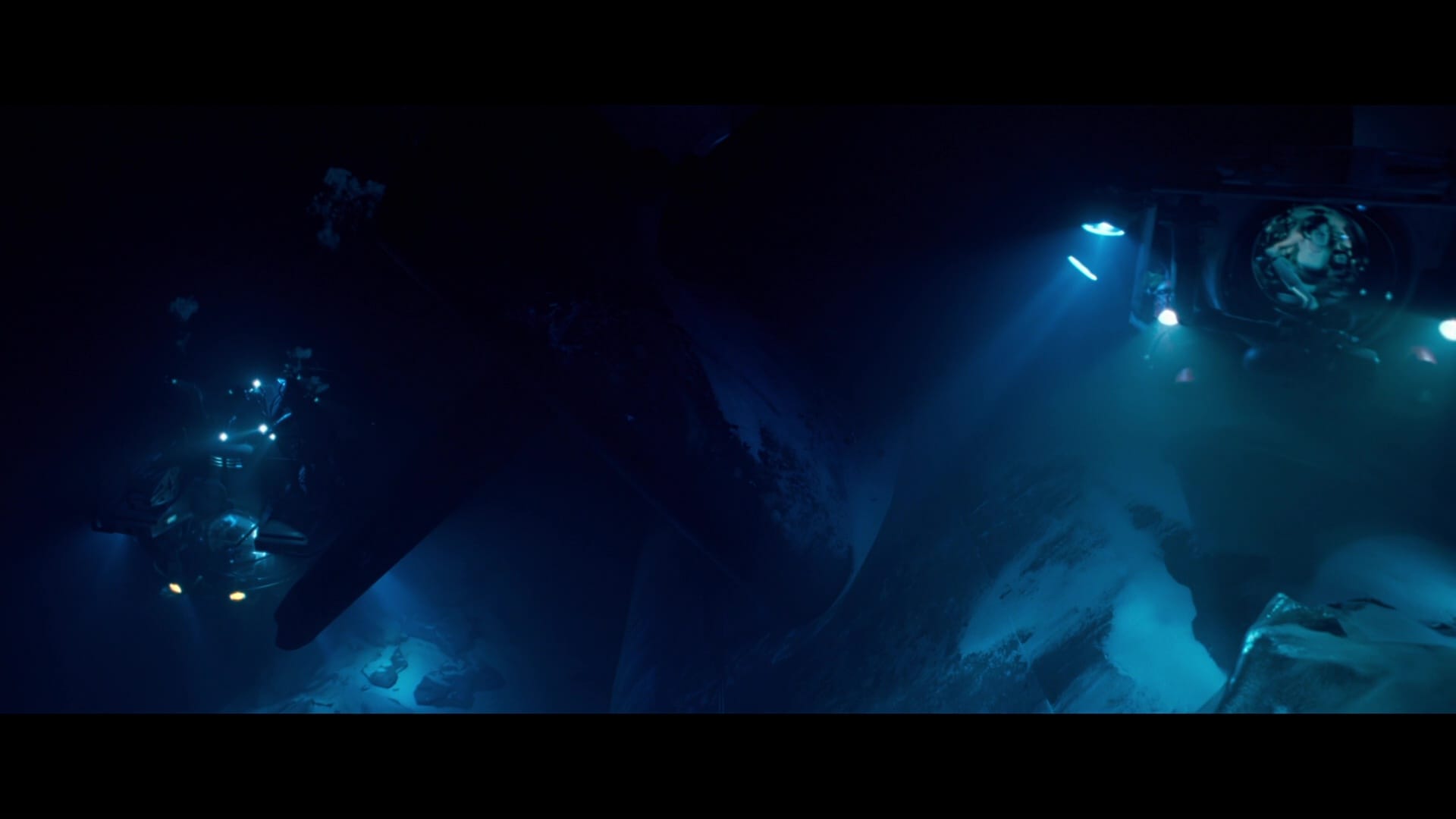
One of the selling points to the series would have been the opportunity to put this work back on the big screen. Those documentaries never play anywhere, and they’re really beautiful, and we probably could have got our hands on a 70mm release print of Titanic, which would have been a real treat for a generation of fans who’ve grown up watching it at home.
And TIFF Cinematheque’s reach might have allowed us to pry The Abyss out of the Disney vault, either in 35mm or 70mm – assuming any prints made it over in the studio’s acquisition of 20th Century Fox. That alone would have justified the entire series, since for literally decades it was next to impossible to see Cameron’s masterwork in anything approaching decent quality.
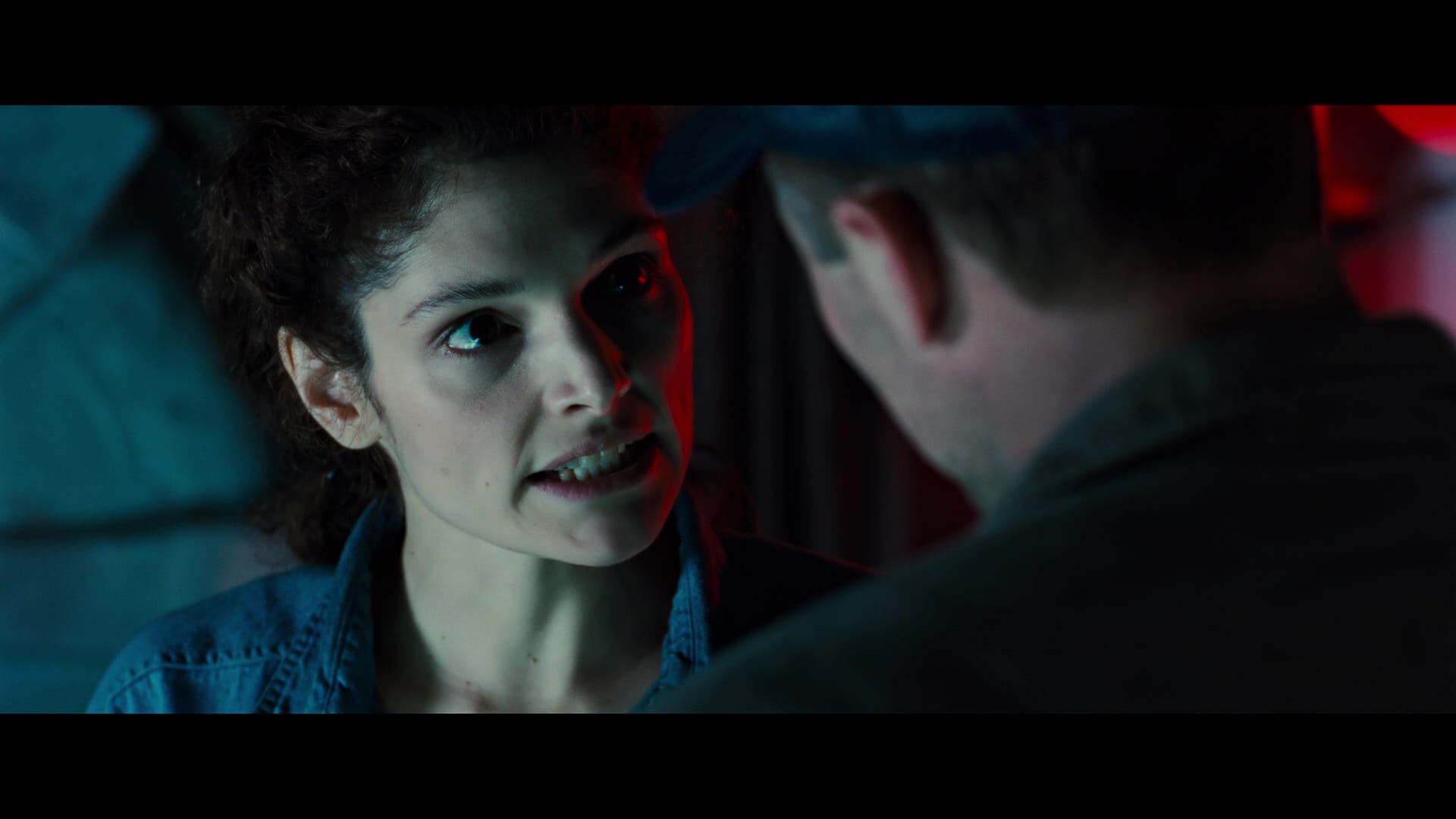
You know the story, right? The DVDs of The Abyss and True Lies were mastered in the earliest days of the format, in 4:3 widescreen rather than 16:9, and despite Cameron’s repeated reassurances that he was supervising new high-def editions of both films for Blu-ray, they never quite made it to market. I asked him about it in Los Angeles on the Avatar home-video press day in March 2010 – yes, there was that much money in the disc market back then – and he said they were in the QC phase. We’d see them in “a few months”, once they finished the Avatar super-special edition that was coming for Christmas.
Well.
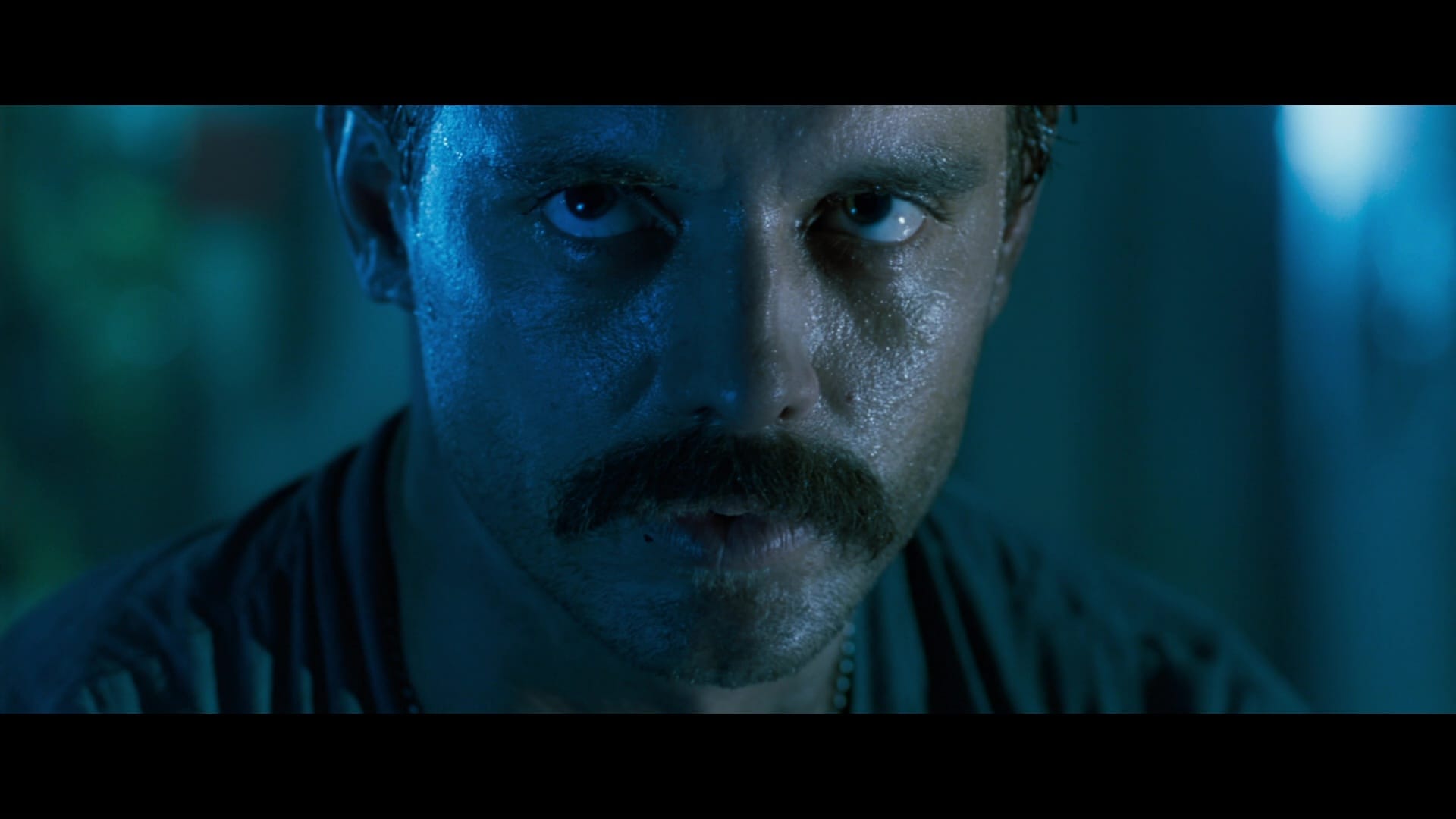
The Avatar set came out as scheduled, but it would be one hundred and sixty-two months before Cameron-certified editions of The Abyss and True Lies would be available. But as of last December, they were finally unveiled – along with a fresh upgrade of Aliens – and rather than Blu-ray, both films were remastered in 4K Ultra High Definition!

… on digital!
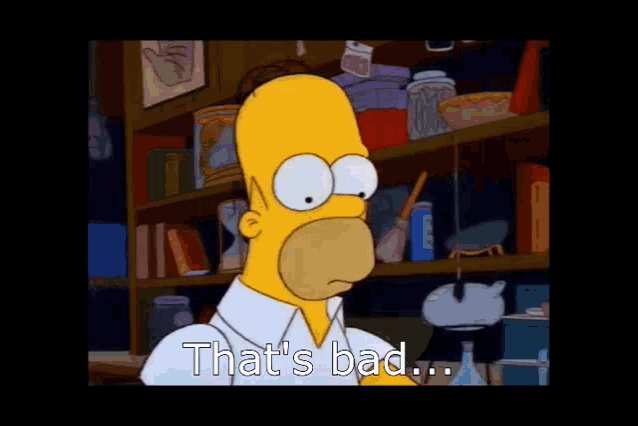
But then, four months later, they finally came out in physical editions!

… and the higher bitrate of 4K discs lets us see them exactly as Cameron wants us to!
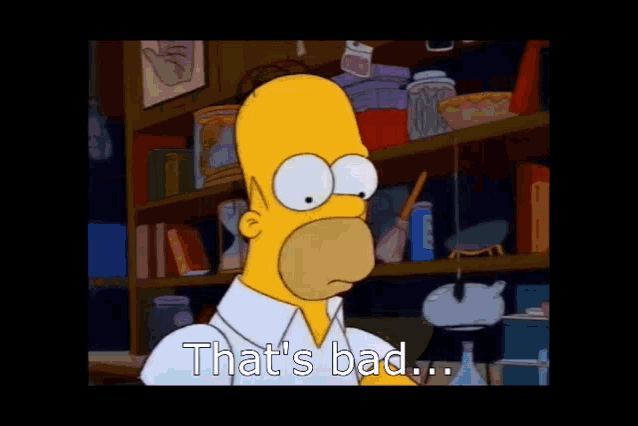
Okay, it’s not that bad. Directors have been messing with their movies for decades, and Cameron was one of the first to turn an extended cut into a “special edition” – releasing longer versions of his movies at every opportunity, all the way back to the LaserDisc days. But he’s also shown a willingness to tweak the movies to fit his current point of view, messing with color timing and boosting the brightness on the original LDs of Aliens and The Abyss in order to reveal more detail in the frame and compensate for the limitations of standard-definition video. Once an engineer, always an engineer, and the very first conversation I ever had with the man revolved around how hard it was to get people to use the component-video inputs on their TVs: “It stops the reds from bleeding! Wouldn’t you want that?”
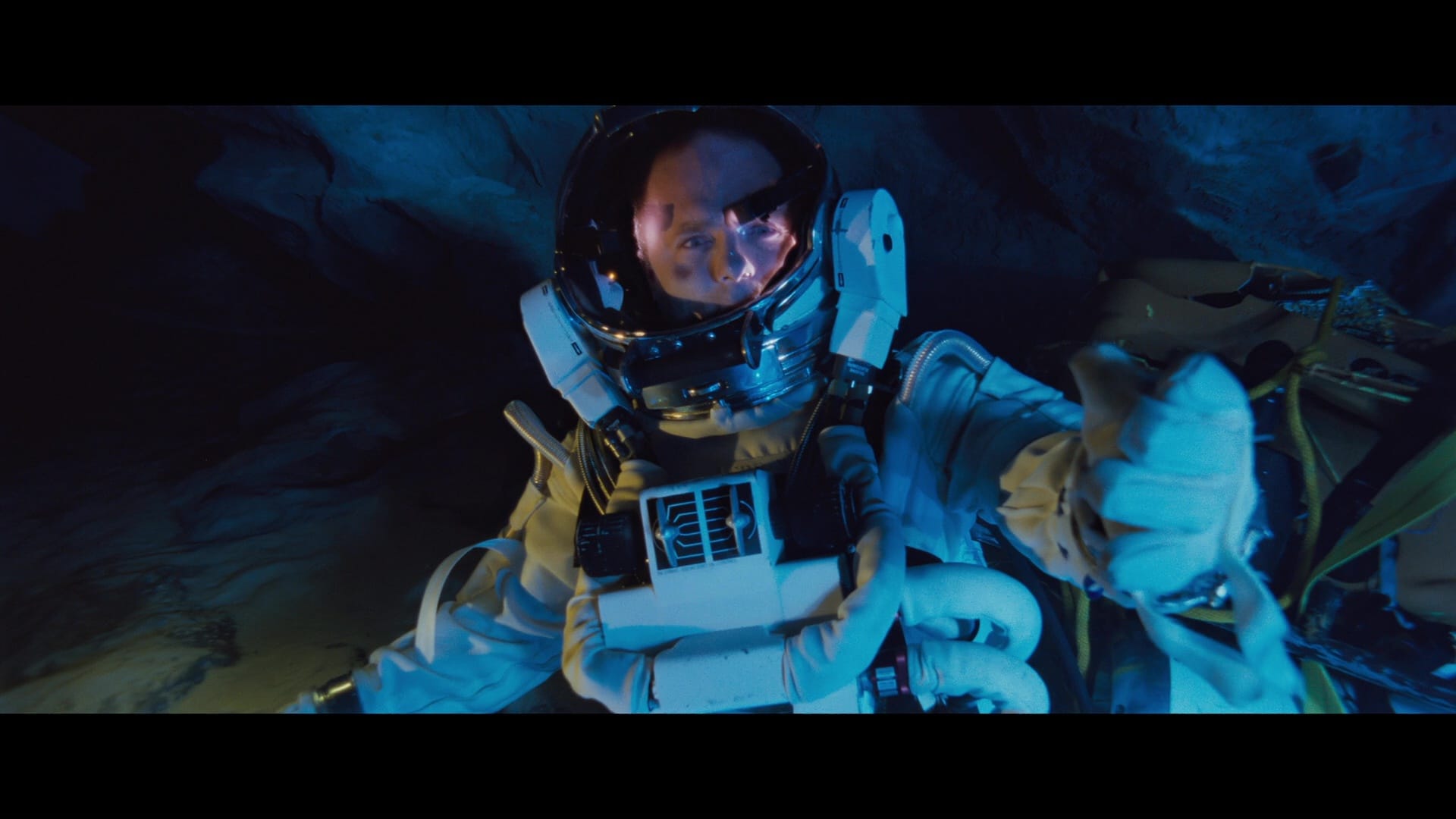
But I digress. Actually, here’s another digression to back my assertion that Cameron fiddles with his films: Neither of the LD releases of The Abyss presented the movie as it was originally released. The first one opened up the Super 35 frame of the theatrical cut to 1.78:1, and of course the Special Edition box set, while correctly matted to 2.35:1, only offered the extended version. It wasn’t until the DVD arrived that people could see the theatrical cut in scope.
Disney didn’t make review discs of the Cameron restorations available, so I’ve been playing the fun game of Is It On Sale Yet with the three – and I finally managed to grab both Aliens and The Abyss for under $30 apiece last week. Was it a genuine thrill to bring The Abyss home in UHD? Yes it was. Does it hold up?
Abso-goddamn-lutely.
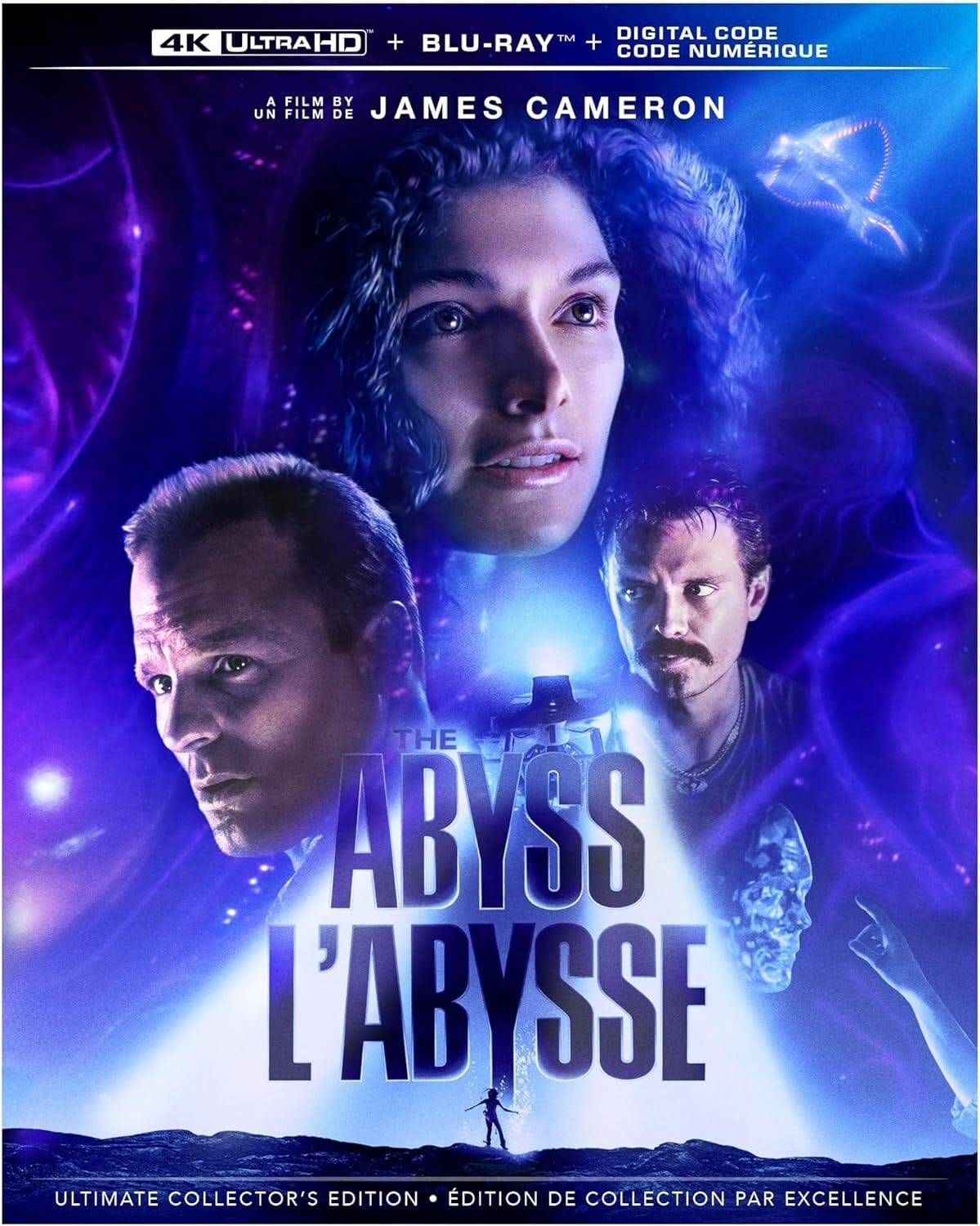
Both in its original and extended cuts, The Abyss is like nothing else ever put on film: A smart, funny, scary thrill ride with a one-of-a-kind production history, mostly because no studio would ever sanction something like this again. Filmed as realistically as possible – Ed Harris, Mary Elizabeth Mastrantonio and their co-stars really were acting underwater, shooting in a massive tank designed to simulate the darkness of the Mariana Trench – and in a high-pressure environment that frequently put cast and crew at genuine risk, Cameron’s movie is also a story of ex-spouses reconnecting on the ocean floor as the tensions escalate topside over the search for a missing American nuclear submarine. It’s a deeply personal story, and all the more touching for having the happy ending Cameron couldn’t write for himself.
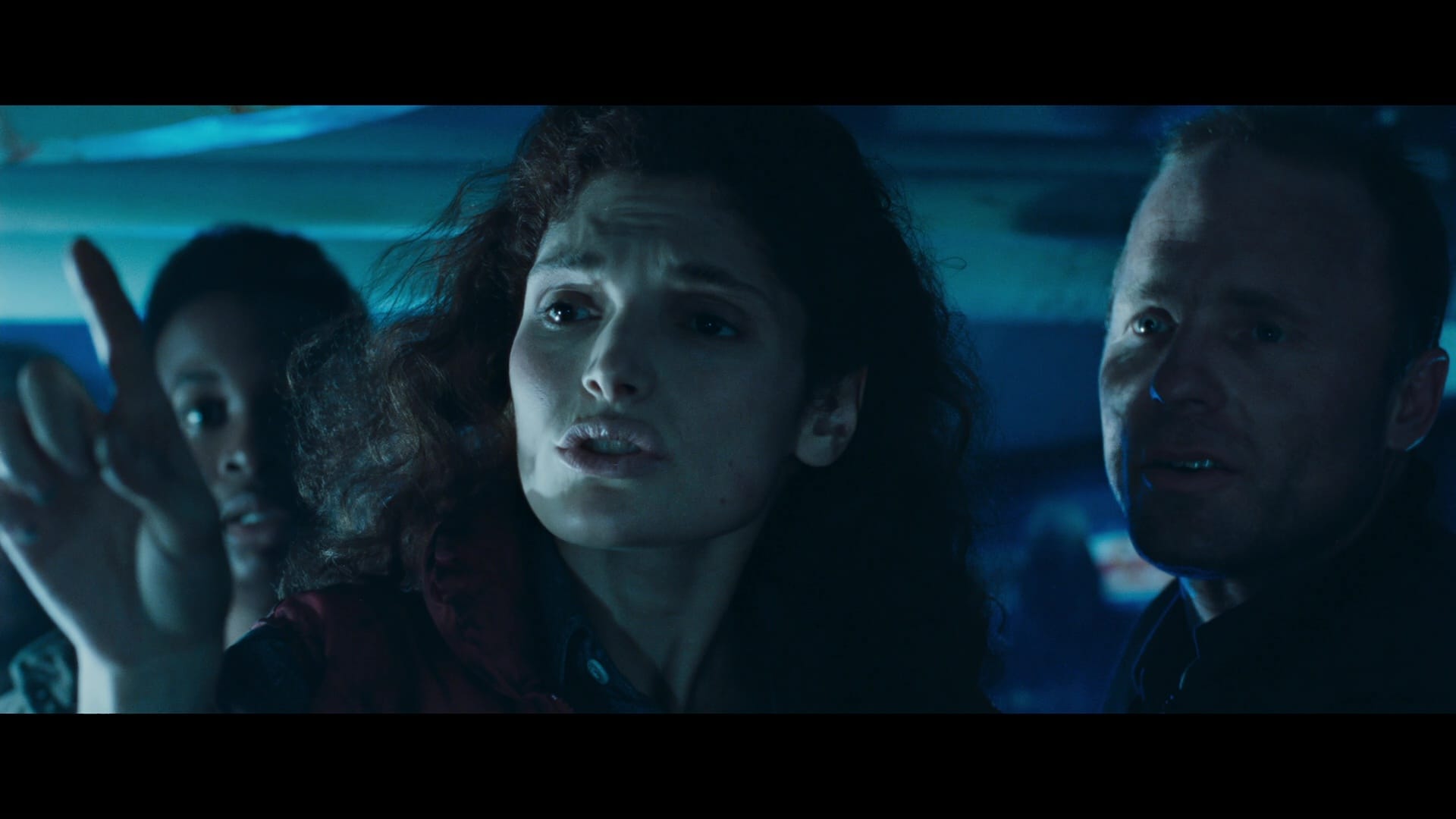
Cameron and his producing partner Gale Anne Hurd were married when he wrote The Abyss; they had separated by the time shooting started, and when it opened in August of 1989, they’d divorced. That’s a context that brings a whole mess of subtext to what Harris and Mastrantonio are doing as Bud and Lindsey Brigman, spitting nails at one another after a bad divorce only to rediscover their love under unimaginable pressure and even sacrifice themselves for one another in a bid to literally save the world. Factor in the actual pressure on both actors caused by the very real dangers of the shoot, and Cameron’s own emotional and literal investment in the material, and you have two of the most honest performances you’ll ever see, grounding every frame of the fantastical story. Whatever else is with them at the bottom of the sea is just the icing on the cake.
Cameron went on to make more ambitious and more successful movies, but after 35 years it’s clear The Abyss is his masterpiece. His technical skills are in full flower, but his storytelling has a rawness here that he’s never allowed before or since. The special edition brings it home even more, showing us the escalating global tensions – sliced out of the theatrical cut once it became clear a climactic tsunami sequence wouldn’t be finished in time – in contrast to the Brigmans’ reconciliation. Love saves the world in this movie, as it always does when Cameron’s at the wheel. It's just that we feel it more profoundly in The Abyss than in any other of his pictures.
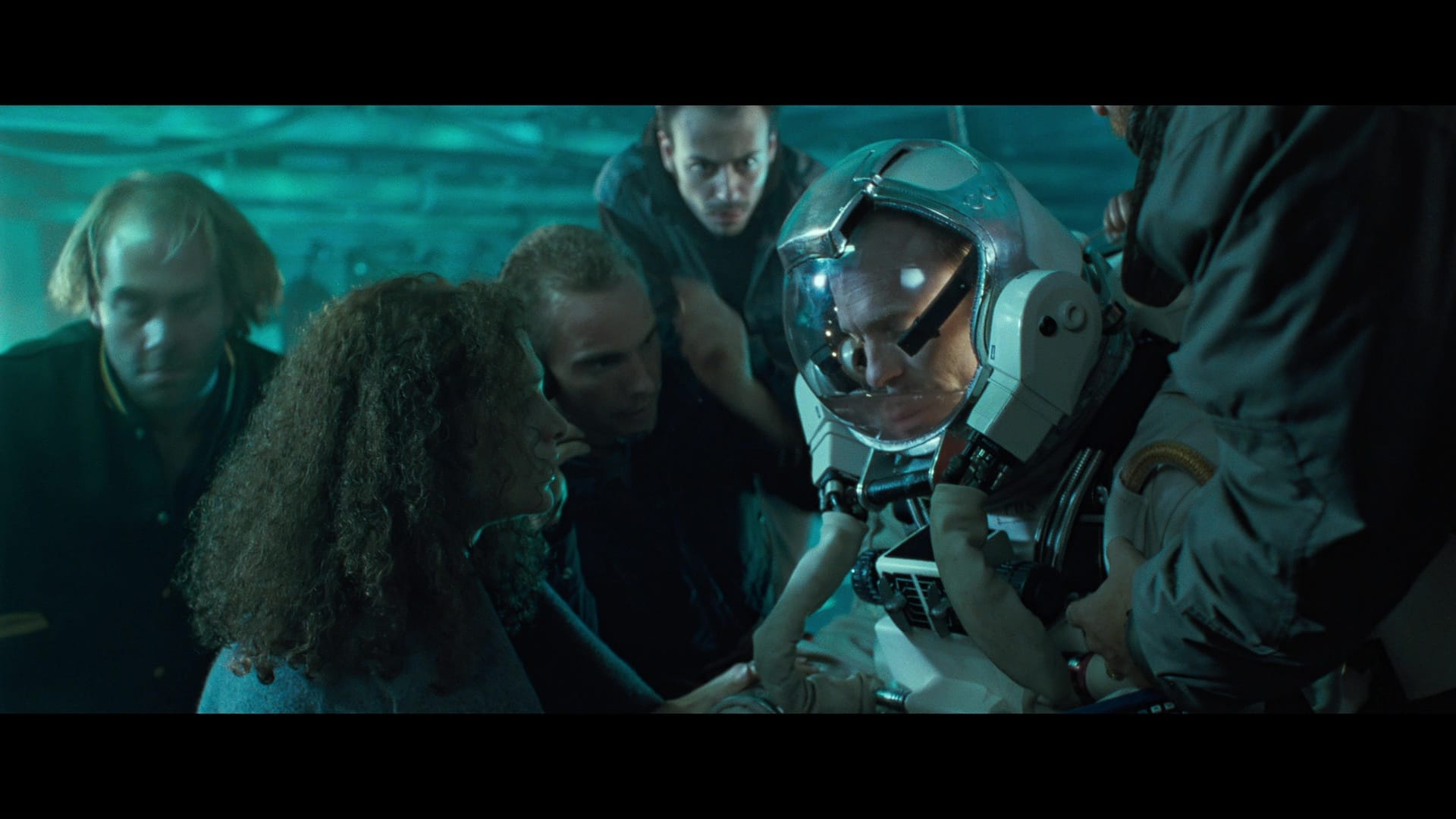
In an interview with Variety last December, Cameron talked about rediscovering The Abyss and the other films through the restoration process; it’s a good read, and it captures the mixture of self-awareness and monomania that defines him as an artist. No one else does what he does, pushing technology forward in the service of open-hearted storytelling, and while the Avatar movies have never been my jam, the artistry is undeniable.
Let’s not discount Aliens, either; nearly four full decades after its debut, Cameron’s sequel to Ridley Scott’s deep-space horror classic feels just as essential as its predecessor, sending Sigourney Weaver’s sole survivor Ripley right back to the hellscape of LV-426 with a military escort, and discovering a horde of rampaging xenomorphs waiting for them. (At least the cat gets to stay home this time.)
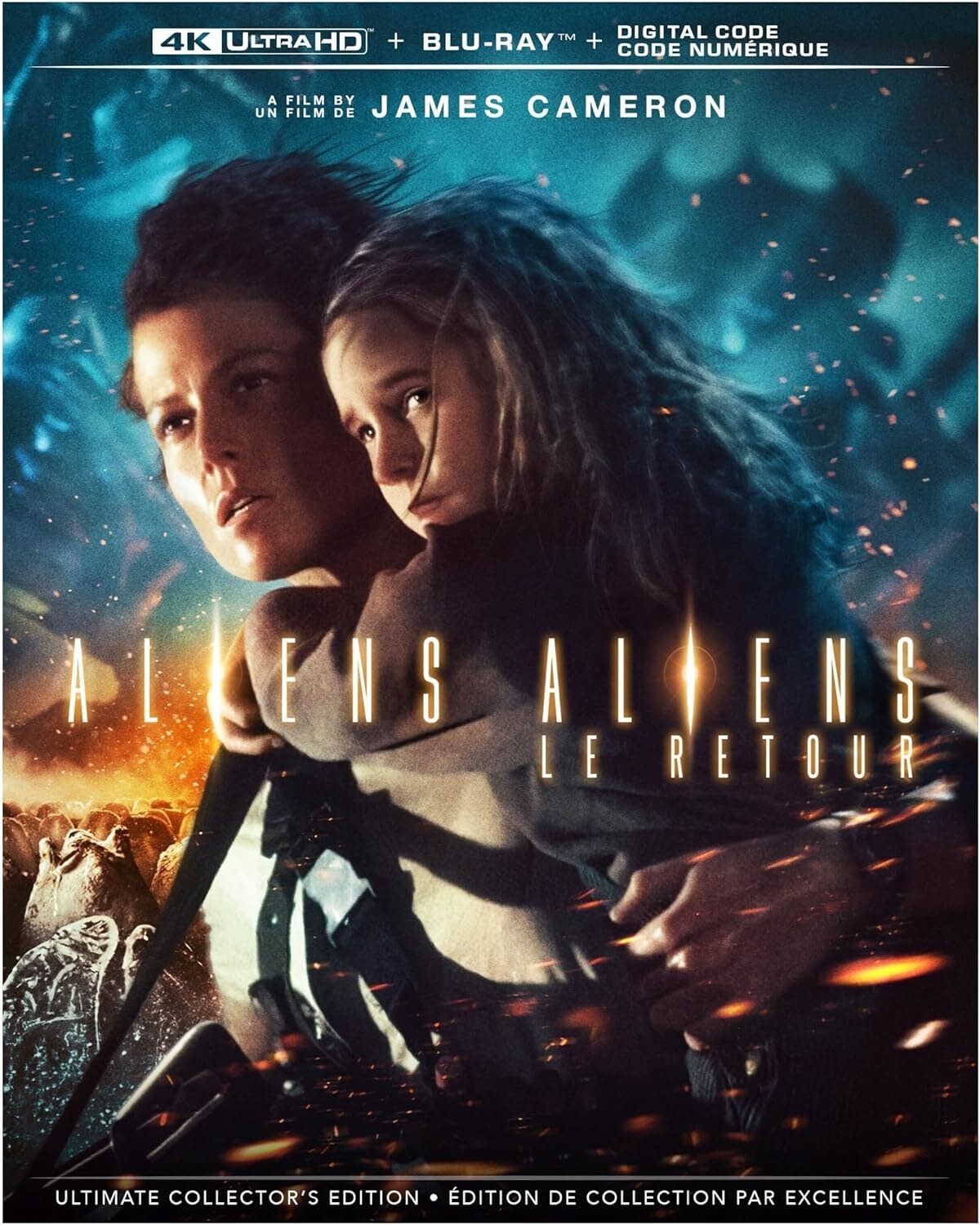
Made for about $18 million – three times the budget he’d had on The Terminator, but still just a fraction of what his subsequent ventures would cost – it’s one of the smartest sequels ever made, reorienting the franchise from Gothic-tinged cat-and-mouse horror to relentless action pacing while still holding true to the original film’s ideas and themes: The monster outside is scary, sure, but someone inviting it in to make a quick buck? That’s truly terrifying.
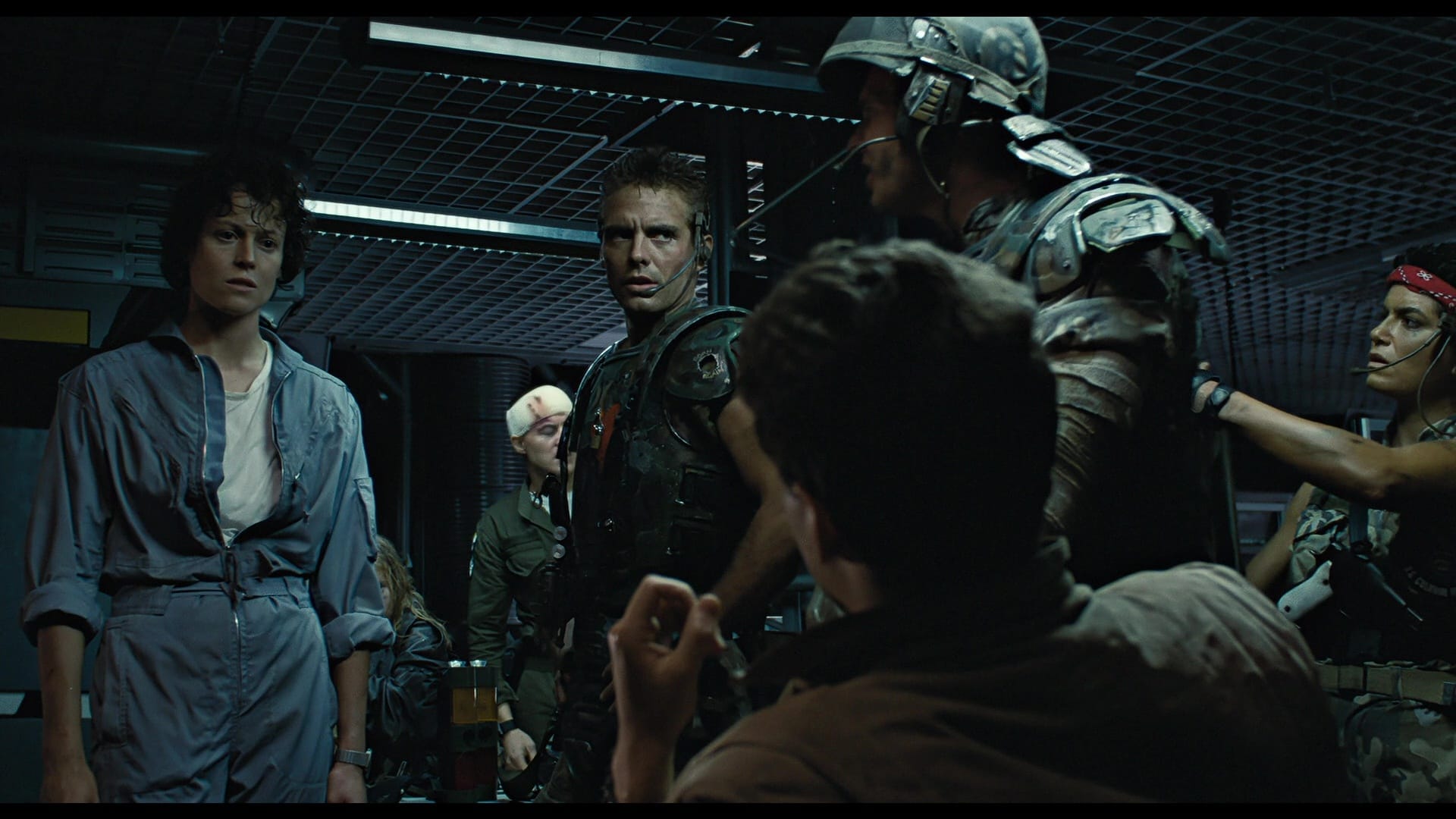
It's also an absolutely brilliant thriller, its rollercoaster plotting enhanced by Cameron’s ability to define characters through action as much as dialogue. The way Michael Biehn’s Hicks tenderly keeping an eye on Newt (Carrie Henn) throughout the picture – explaining why she shouldn’t touch a piece of ordnance, lifting her onto a table so she can get a better look at a map – does more to flesh out his character than all the flirting with Ripley, though that’s awfully enjoyable as well.
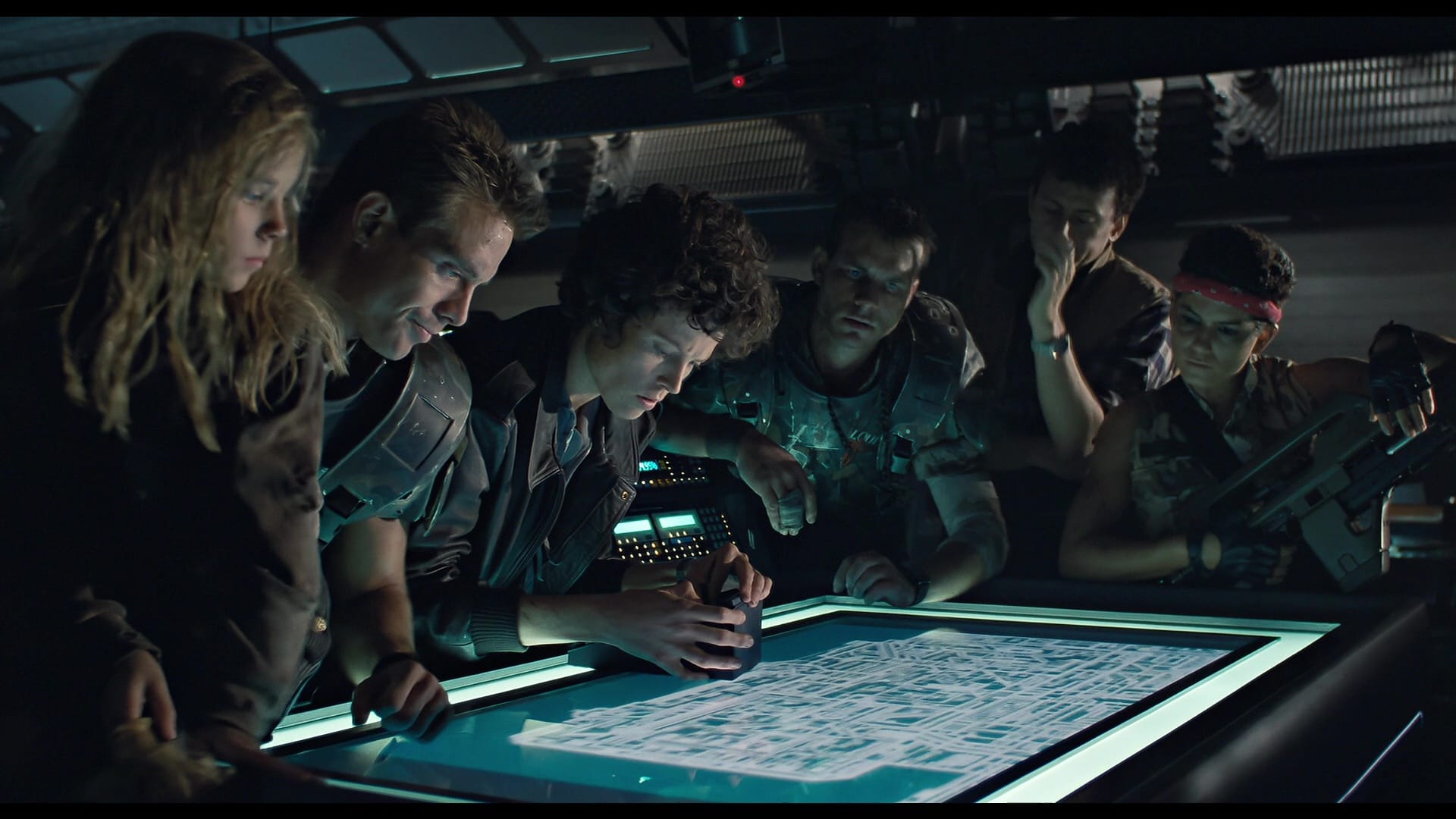
And think of the little moments of caution Lance Henriksen’s Bishop provides whenever he works closely with his human colleagues, since his android programming insists he protect them even from his own inaction. (“Watch your fingers.”)
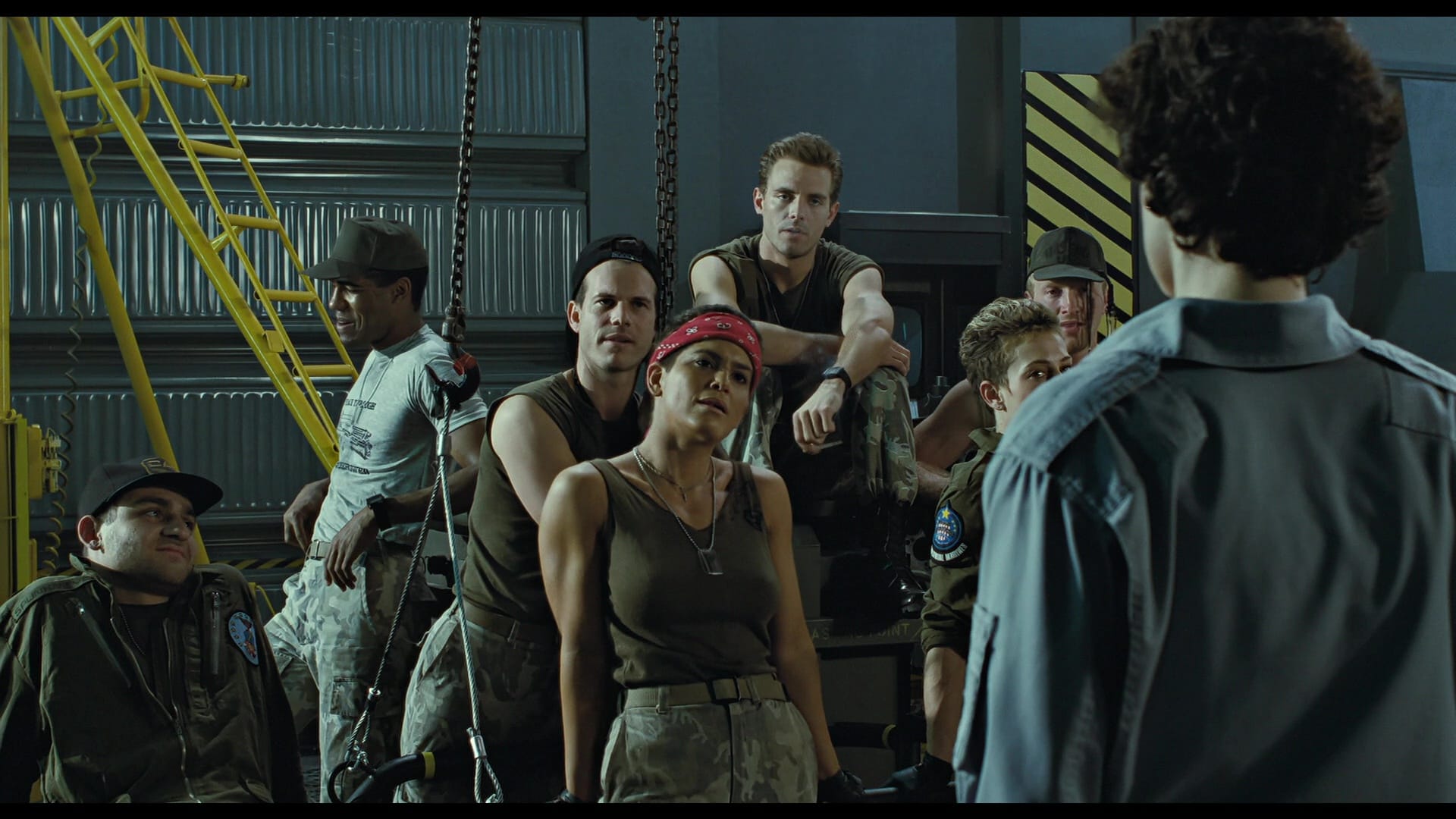
There’s Jeanette Goldstein as Vasquez, the baddest of asses even when strapped to a Steadicam harness, and of course there’s Bill Paxton taking Hudson from braggadocio to panic to resignation to hero, and always making it fun.
Hudson's often classified as a coward, but I reserve that for Carter Burke, played by Paul Reiser as one of the all-time yuppie shitbags. I say this with the greatest respect: There is no Ellis from Die Hard without Carter Burke in Aliens. And at least Ellis could blame cocaine for his bad calls.
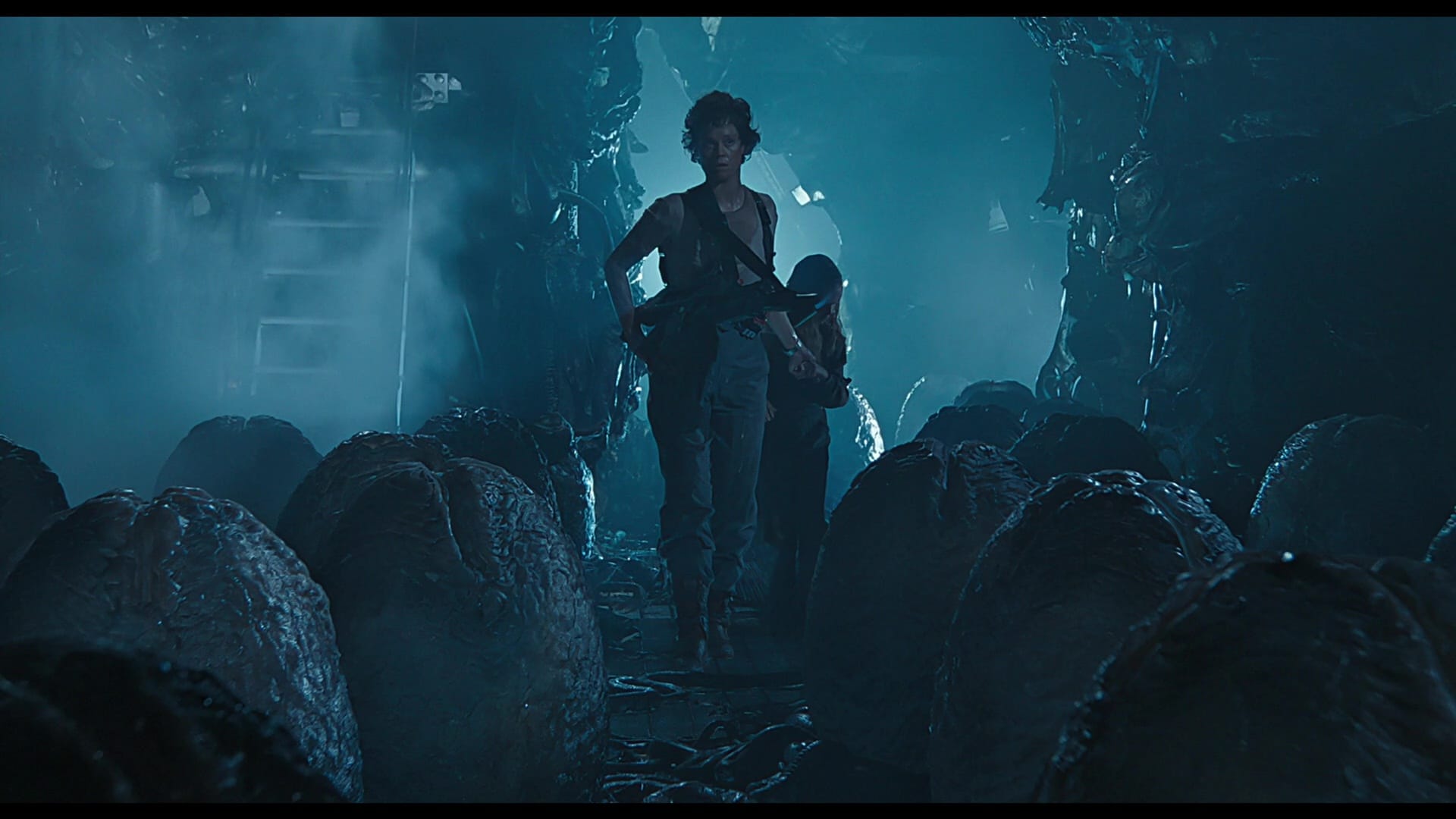
But let’s talk about Weaver for a moment. She earned an Oscar nomination for her performance here, and she deserved it: She carries Aliens from the first frame to the last, finding layers to Ripley that just weren’t there in the first movie. Some of that is Cameron giving her more notes to play, offering a new angle on Ripley’s competence and resilience in her connection with Newt, and some of it is Weaver channeling own formidable presence and intelligence into the role of this unwilling action hero, pushing aside her own terror as she takes every new step because she knows what happens if she gives in to it. It’s no wonder audiences wanted to see the character again and again, even after the actor outgrew it.
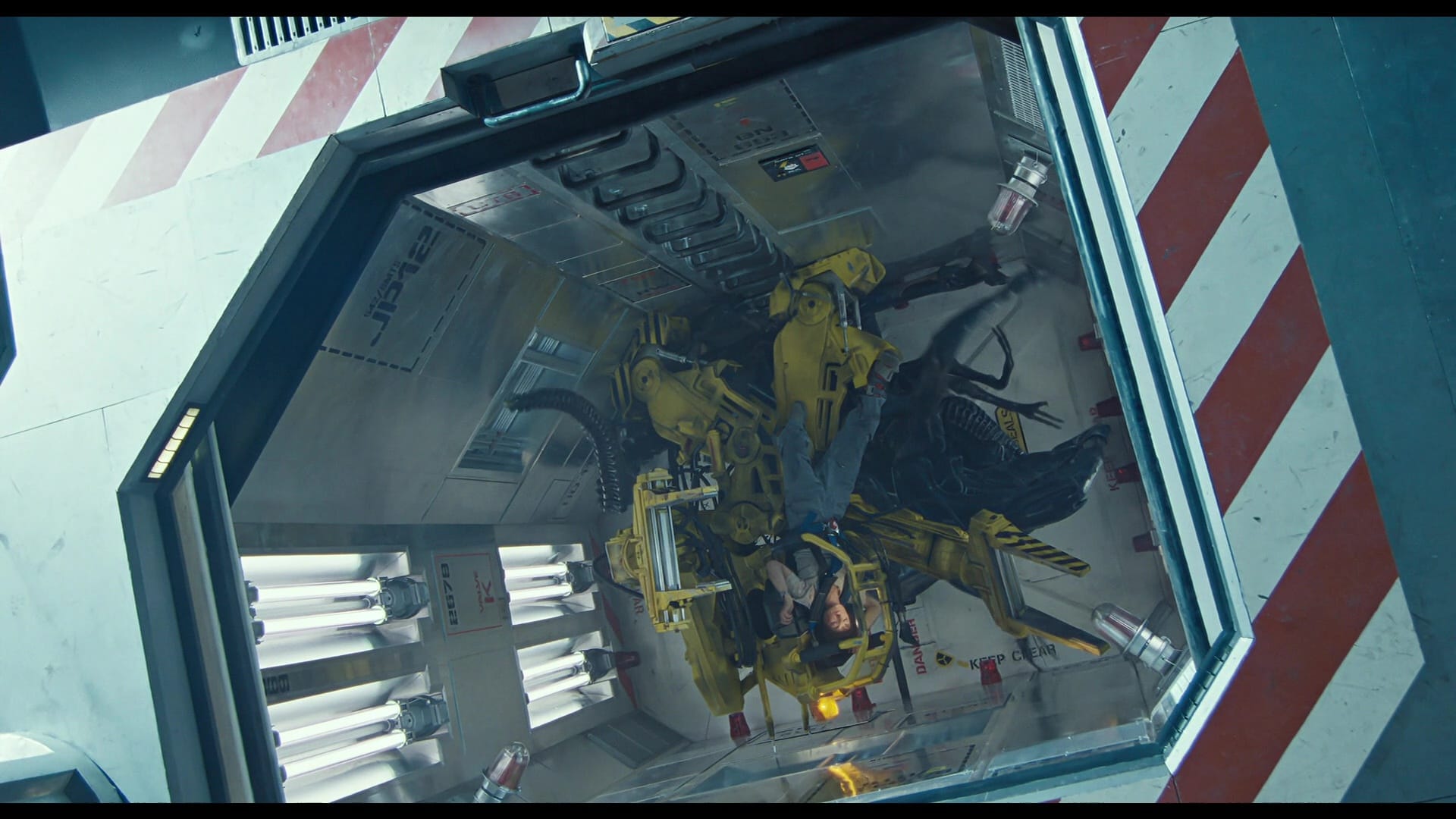
Now, if you looked at the cover art for Aliens and The Abyss – or even some of the screen shots – you might have noticed a certain glossiness to the imagery. There’s a reason for that, and it’s more than a little contentious. Both films, along with True Lies, were restored with the deep learning algorithms of Peter Jackson’s Park Road Studios – which allowed for both the miraculous colorization and frame-adjustment of WWI footage in Jackson’s They Shall Not Grow Old and the extremely uncanny-valley look of his Beatles doc Get Back. You can read about it here. And yeah, you can tell.
To my eyes, these new versions look like an attempt to turn celluloid into high framerate video and bring these movies into line with Cameron’s current hyper-detailed aesthetic. Everything’s sharper and brighter – sometimes impossibly so – and film grain is considerably reduced, especially in Aliens. (Cameron switched to Super 35 with The Abyss specifically so he could compose for widescreen without the grain imposed by the anamorphic process.) The result isn’t as bad as it could have been – at least on Aliens and The Abyss – but there’s a bit of weirdness here and there, a slightly artificial texture when the frame-by-frame adjustments interfere with our persistence of vision. I should note that I watched both movies at 24fps, which is the way they were shot; they’re also viewable in 60fps versions, but I’m just not interested.
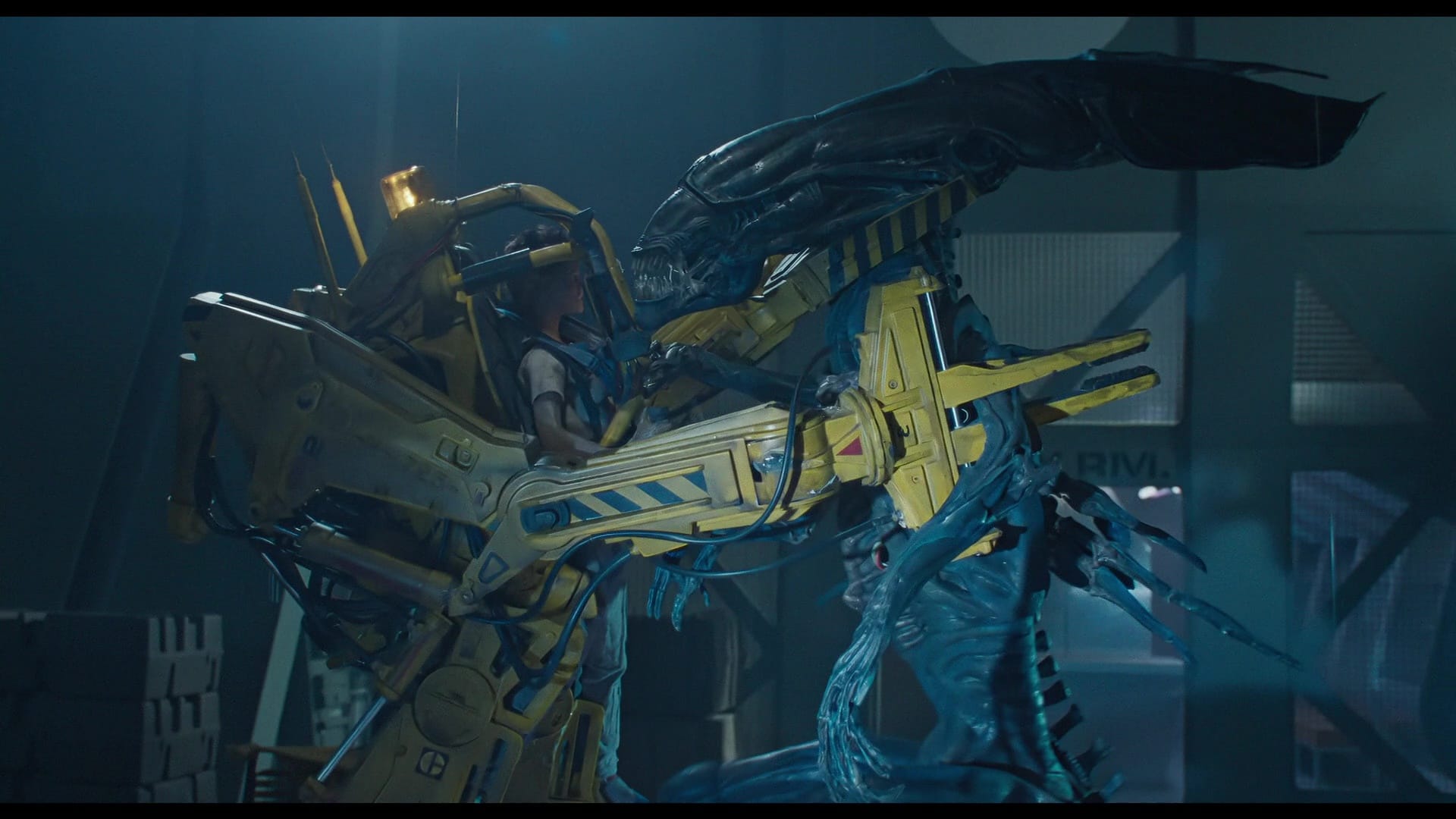
Are they unwatchable abominations? I don’t think so. I haven’t picked up True Lies yet, but it sounds like the most problematic of the three transfers; I’ll catch up to it one of these days, and we can talk it over then. But within minutes of spinning up the films I did buy, I was yanked right into them all over again; I know the theatrical cut of Aliens line for line, and it still picks me up and shakes me; the second-act facehugger attack in the medlab is a set piece most directors would kill for, and a beautiful piece of character writing besides, revealing everyone’s secrets and motivations. (It also follows the lovely moment of Ripley striding along a corridor confidently carrying the pulse rifle she’s just learned how to use … while smiling to herself about Hicks showing her the ropes.)
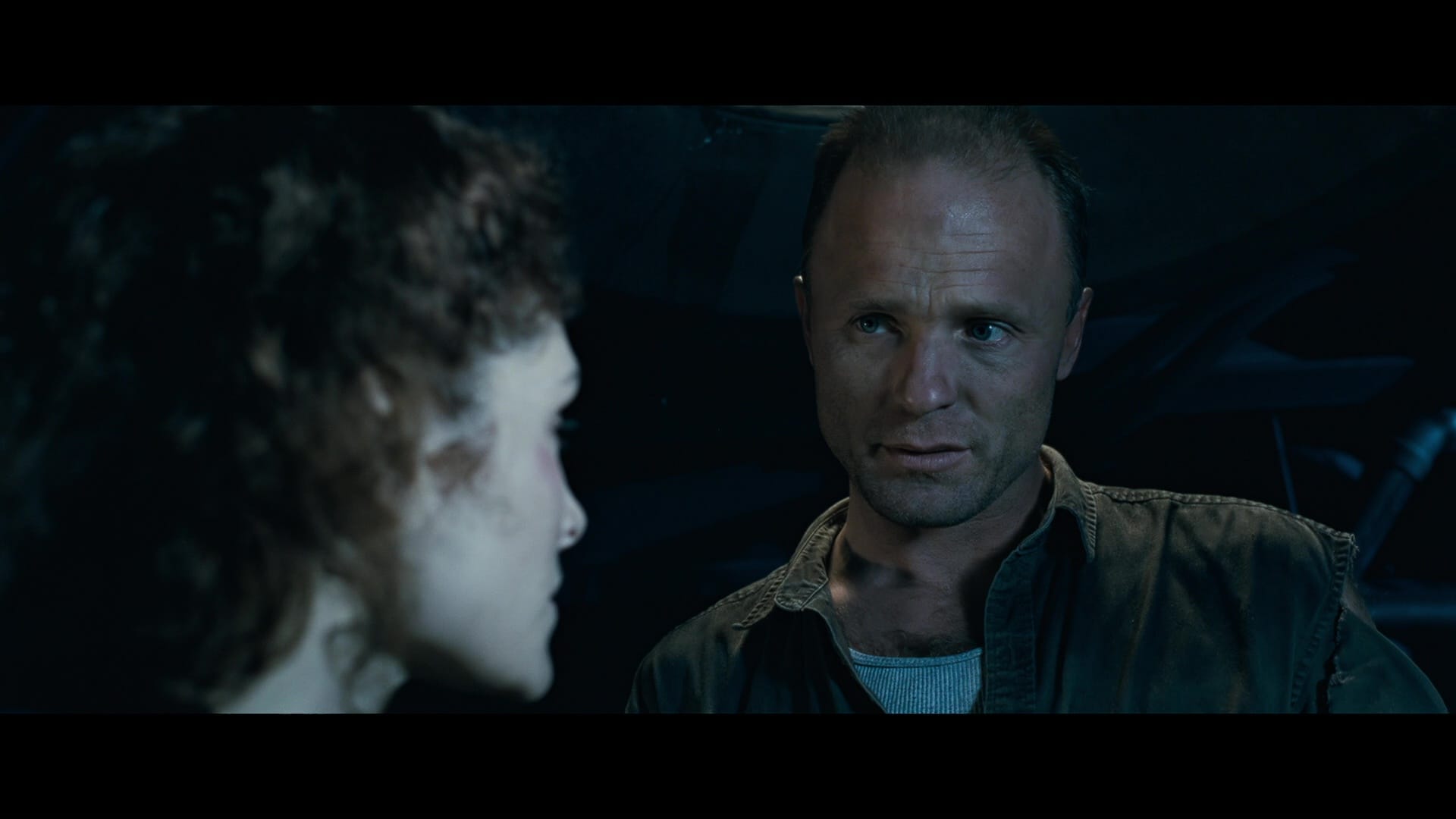
And The Abyss, having had less to smooth out in the first place, looks much less manicured; Cameron’s been screwing around with that one all along, so we’re already used to brighter blues and richer colors for the NTI vessels than we saw in 1989. And, again, the movie’s so damn good you stop worrying about it.
(Apparently the Park Road tweaking was done from new scans of the original camera negatives, which means pure 4K versions of all three features do exist somewhere … but I expect we have as much chance of seeing those emerge one day as the original Star Wars trilogy. Same vault, come to think of it.)
In the meantime, these incredible three-disc editions are very welcome on my shelf. They’re combo sets, with theatrical and extended cuts of each feature offered on 4K and a companion Blu-ray; the 4K versions boast new Dolby Atmos soundtracks, with DTS-HD 5.1 on the Blu-ray. Aliens also includes the original 4.1 theatrical audio mix, two isolated versions of James Horner’s score (the theatrical score, and the “composer’s original” version) and the very entertaining cast-and-crew commentary recorded for the Alien Legacy DVD box set in 2003. No similar extras were ever produced for The Abyss, and I suspect asking Cameron to record a new audio commentary would have added another year to the production timeline.
A second Blu-ray holds almost everything from the previous releases, right down to the still archives produced for those original LaserDisc sets; as far as I was able to tell, the only element missing from the Aliens suite is a section on the theme-park spinoff ride. All the really nerdy stuff is here, along with a new half-hour featurette, “The Inspiration and Design of Aliens”, which subtly reintroduces Cameron’s background as a designer and engineer into the auteurist conversation.
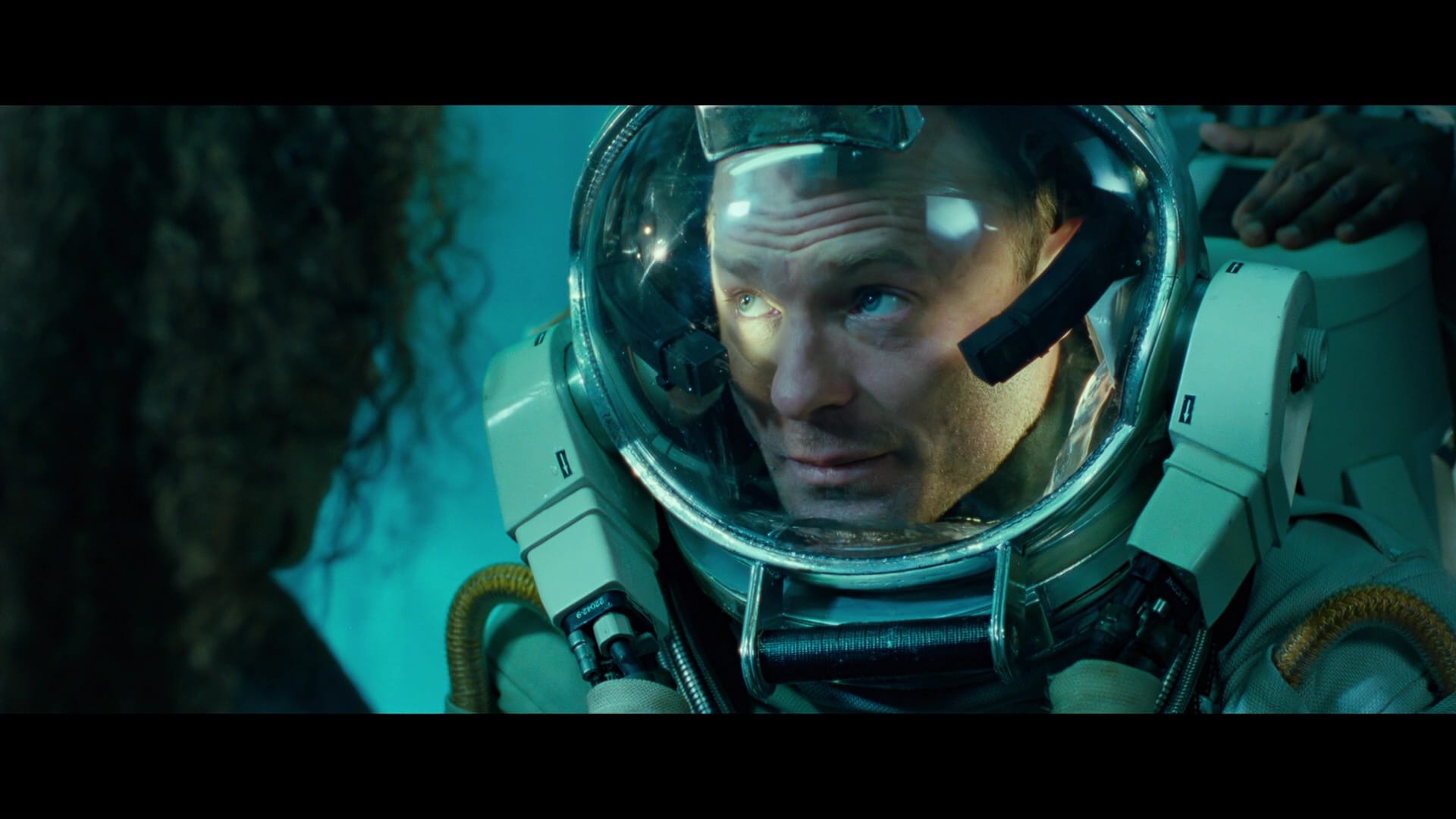
The Abyss offers two new featurettes, following the Titanic SE model of breaking one conversation into two pieces. “Deep Dive: A Conversation with James Cameron” finds the director taking a half-hour victory lap over his (first) passion project finding its audience over the decades, and “The Legacy of The Abyss” extends that lap for another 25 minutes, offering more of the “Deep Dive” interview and bringing in other people in Cameron’s orbit, like his current producing partner Jon Landau, to provide additional context.
The best extra of all, of course – and one I briefly worried would be quietly disappeared from the official history – is “Under Pressure: Making The Abyss”, the hour-long documentary produced for that 1993 LaserDisc box, and which tackles the film’s development, production and release with a remarkably clear eye. Retrospective docs were still a new enough concept that they hadn’t yet been sanitized by home-video executives, and the shoot was fresh enough that the cast and crew had very vivid memories of dangerous circumstances and unacceptable on-set behavior that they were willing to share with director Ed W. Marsh. And yet the overall tone is triumphant: I don’t know that anybody would say the experience needed to be as extreme as it turned out to be, but they’re all clearly proud of the movie they made … and happy to have survived.
Once thing that’ll never surface, I suspect, is the 70mm sizzle reel Cameron produced for the press corps when 20th Century Fox pushed the release of The Abyss from Memorial Day to August. A handful of clips were interspersed with testimonials from Cameron and Hurd, both projecting confidence while none-too-subtly begging for our patience, reassuring us it’d be worth the wait.
In Toronto, it was screened for us on July 4th, followed by a full half-hour of the finished film, from Bud’s fight with Coffey in the moon pool to the sub chase to Lindsey’s drowning and resurrection; it was incredible to see, though it did take a little of the momentum out of the premiere a month later. I suspect it’s the reason I spent the next thirty years avoiding trailers and marketing reels. And you know what? I regret nothing.
The 4K restorations of Aliens and The Abyss are available right now from Walt Disney Home Entertainment – and back in stock at most retailers! So is True Lies, meaning Strange Days is now the only Lightstorm Entertainment picture to be MIA on disc in North America. Get on it, Shout!
